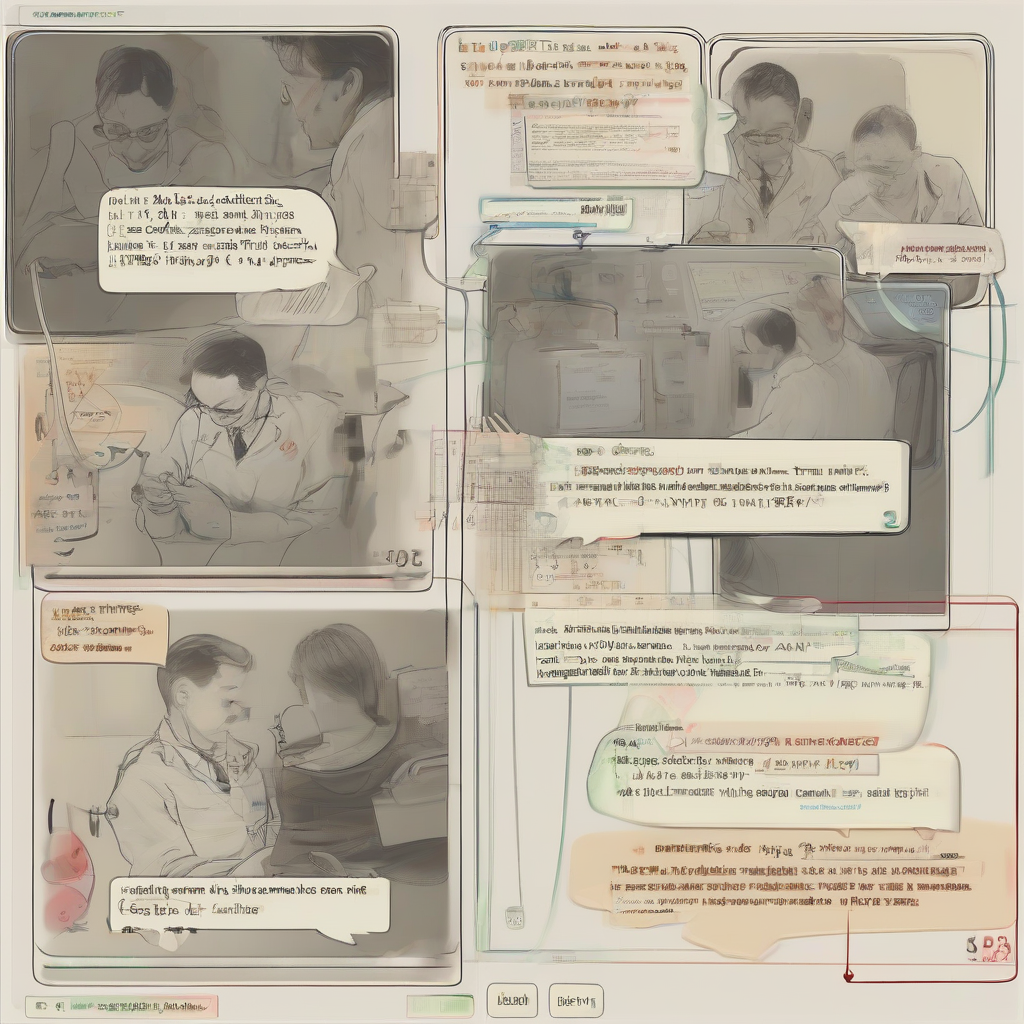Brookings Plasma Donation: A Comprehensive Guide
Introduction
Plasma donation is a vital process that plays a crucial role in saving lives. It involves the extraction of plasma, the liquid component of blood, which is then used to treat various medical conditions. Brookings, South Dakota, is home to several plasma donation centers where individuals can contribute to this life-saving endeavor. This comprehensive guide will provide you with all the essential information you need to know about Brookings plasma donation, from the process itself to the benefits and eligibility criteria.
What is Plasma Donation?
Plasma is the yellowish liquid component of blood that contains essential proteins, antibodies, and clotting factors. It is a vital component of the blood, responsible for transporting nutrients, hormones, and waste products throughout the body. When plasma is separated from the other blood components, it can be used to treat various medical conditions such as:
- Immune deficiencies
- Hemophilia
- Burn victims
- Certain types of cancer
- Severe infections
Why Donate Plasma?
Plasma donation is a selfless act that can have a profound impact on the lives of others. Here are some compelling reasons why you should consider donating plasma:
- Save Lives: Plasma is a crucial component in treating various medical conditions, and your donation can help save lives.
- Help Others: By donating plasma, you are contributing to the well-being of individuals who rely on these treatments to survive.
- Make a Difference: Plasma donation is a simple yet impactful way to make a difference in the community.
- Receive Compensation: Many plasma donation centers offer financial compensation for donations, which can be a helpful incentive.
- Improve Your Health: Studies have shown that donating plasma may have health benefits, such as reducing blood pressure and improving cholesterol levels.
How Does Plasma Donation Work?
The plasma donation process is safe and straightforward. Here’s a step-by-step guide:
- Initial Screening: You will undergo a brief screening process to ensure you meet the eligibility criteria.
- Blood Draw: A trained phlebotomist will draw a sample of your blood, similar to a regular blood test.
- Plasma Separation: Your blood is then processed using a machine that separates the plasma from the other blood components.
- Plasma Collection: The collected plasma is then carefully stored and prepared for use in medical treatments.
- Return of Blood Components: The remaining blood components (red blood cells and platelets) are returned to your body.
Eligibility Criteria for Plasma Donation
To be eligible for plasma donation, you must meet certain criteria, including:
- Be at least 18 years old (age may vary depending on the center)
- Weigh at least 110 pounds
- Be in good health and free of certain medical conditions
- Meet specific blood pressure and temperature requirements
- Not have donated blood within the past 56 days
Plasma Donation Centers in Brookings
Brookings has several plasma donation centers where you can donate. These centers typically offer convenient hours, a comfortable environment, and a welcoming staff.
- [Center Name 1]
- [Center Name 2]
- [Center Name 3]
- [Center Name 4]
Safety and Risks of Plasma Donation
Plasma donation is generally safe when performed by trained professionals in a controlled environment. However, as with any medical procedure, there are potential risks, including:
- Fainting: Some individuals may experience dizziness or fainting due to blood loss.
- Bruising: Bruising at the needle insertion site is common.
- Infection: There is a slight risk of infection at the needle insertion site.
- Reactions: Some individuals may experience allergic reactions to the materials used in the donation process.
Tips for a Successful Donation
Here are some tips to ensure a safe and successful plasma donation experience:
- Stay Hydrated: Drink plenty of fluids in the days leading up to your donation.
- Eat a Healthy Meal: Eat a nutritious meal before donating to maintain your energy levels.
- Get Enough Rest: Make sure to get enough sleep the night before your donation.
- Bring a Valid ID: You will need a valid form of identification to donate.
- Be Honest: Be truthful about your medical history and any medications you are taking.
FAQs about Plasma Donation
How often can I donate plasma?
The frequency of plasma donations is typically limited to once every 28 days. However, this may vary depending on the center and your individual health status.
How long does the plasma donation process take?
The entire process, from check-in to completion, can take approximately 1-2 hours. However, the actual plasma collection time is usually much shorter.
What are the benefits of donating plasma?
Plasma donation has various benefits, including saving lives, helping others, making a difference in the community, receiving compensation, and potentially improving your health.
Is plasma donation painful?
Most people find the plasma donation process to be relatively painless. You may feel a slight pinch during the needle insertion, but it is generally well-tolerated.
Conclusion
Plasma donation is a valuable and selfless act that can make a profound impact on the lives of others. By contributing your plasma, you are helping to treat various medical conditions and saving lives. If you are eligible and willing to donate, consider making a difference in your community by visiting a plasma donation center in Brookings. Your donation can be the key to someone’s recovery and a beacon of hope for those in need.



